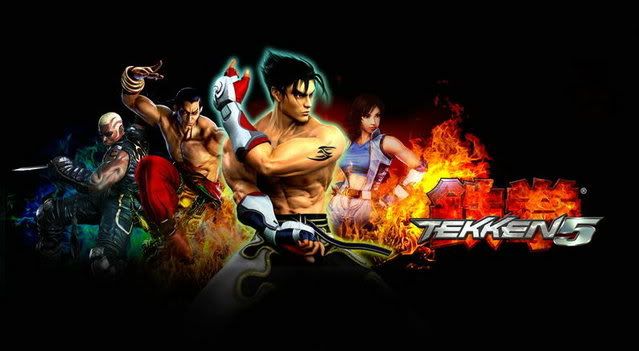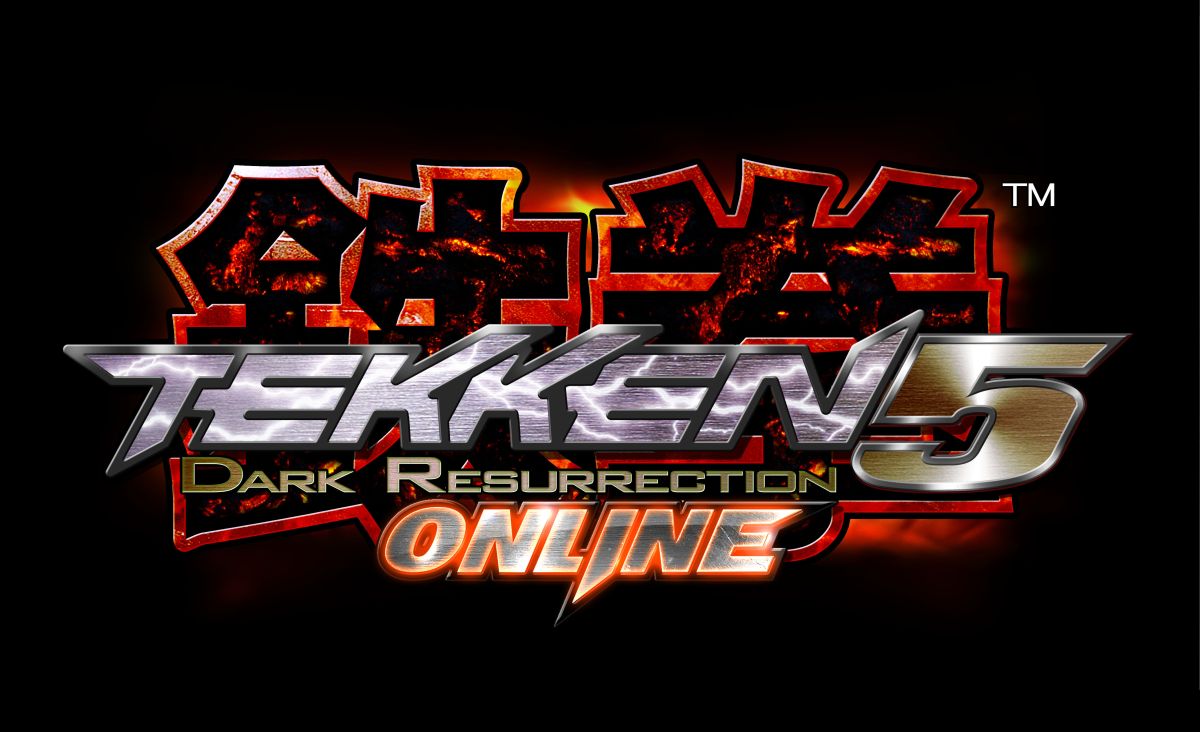Tekken is a series of fighting games developed and published by Namco. Originally an arcade game, versions exist for the PlayStation, PlayStation 2, PlayStation Portable, PlayStation 3, WonderSwan, and Game Boy Advance.
The Tekken series is one of the earliest 3D fighting game franchises, with the first game releasing less than two years after Virtua Fighter. There are five Tekken sequel games: Tekken 2, Tekken 3, Tekken Tag Tournament, Tekken 4, and Tekken 5. An update of Tekken 5, and a further update titled Tekken 5: Dark Resurrection have also been released. Tekken 6 is also announced to be in development for release in arcades (the game is currently undergoing location testing in Japan) and on the PlayStation 3 console in 2008.
The Tekken series also includes Tekken Advance, (a GBA version of Tekken 3) which was released for the Game Boy Advance in 2001. However, Namco did not release any other Game Boy Tekken titles subsequently, due to the franchise's exclusive deal on the PlayStation platform. A PSP version of Tekken 5 retitled Tekken: Dark Resurrection, was released in Japan and the U.S. in summer 2006. The European version was released September 15, 2006.
As with many fighting games, players choose a character from a lineup, and engage in hand-to-hand combat with an opponent. It is primarily a competitive two player series, but a human player can fight an AI-controlled character for practice or amusement.
In the original Tekken game, the characters would fight on arenas. The name of the location was displayed in the bottom right corner of the screen. The locations included Angkor Wat, Szechwan, Monument Valley, Chicago, Kyoto, Fiji, Lake Windermere, Venezia, Akropolis, King George Island, and Chiba Marine Stadium. Subsequent Tekken games do not have the names of real locations displayed in-game during fights.
Tekken differs from other hand-to-hand fighting games in some ways. Traditional fighting games are usually played with buttons which correspond to the strength of the attack, such as strong punch or weak kick. Tekken, however, dedicates a button to each limb of the fighter, making learning special attacks more of an intuitive process. The player could watch the animation on screen and figure out the appropriate command (if the character kicks low with their right leg, the move is likely to be executed by pressing down and right kick, or a similar variation). Traditional fighting games, such as Street Fighter, involve inputting commands as rapidly and accurately as possible, whereas Tekken slows the action down, emphasizing rhythm, strategy, and deception over speed.
The Tekken games are popular within the martial arts community thanks primarily to the fact that most of the characters' fighting techniques can be found in real life martial arts. However, there are questions as to the accuracy of the style labels ascribed to certain characters. For example, in previous releases of the game, the character Paul Phoenix is listed accurately as fighting using integrated martial arts based on judo, despite judo not generally allowing punching and kicking, especially in competition. Similarly, the character Marshall Law is listed as being a practitioner of "martial arts", which is not a specific discipline. Similarities exist between Marshall Law and Bruce Lee, including Jeet Kune Do as well as appearance. The misunderstanding concerning Marshall Law's "martial arts" is commonly attributed to the fact that in the manual for the American PlayStation release of Tekken 2, the translator for the manual missed a small pun where Marshall Law practiced 'Marshall arts', a reference to his own name. Other Tekken characters also draw heavily from real life action heroes, such as Lei Wulong and Craig Marduk, video game analogues of Jackie Chan, and large wrestlers/mixed martial artists, such as Bill Goldberg, Nathan Jones, and Bob Sapp, respectively. Namco themselves have stated that the styles in Tekken are not supposed to accurately represent real styles, but merely give the impression of them. Paul Phoenix, Nina Williams, Yoshimitsu and Heihachi Mishima have been in all Tekken games.
Apart from Yoshimitsu and Heihachi, there are many crossovers between Tekken and the Soul series, such as King's mask available for custom characters in Soulcalibur III, and Ivy's hairstyle for Anna in Tekken 5. Yoshimitsu and Heihachi, being originally Tekken characters, obtained many new moves when brought to the Soul series. In later Tekken games, some of these attacks were added to their moves lists.


0 comments:
Post a Comment